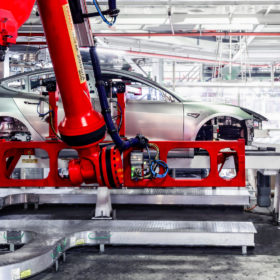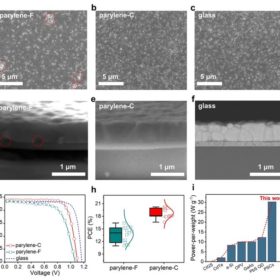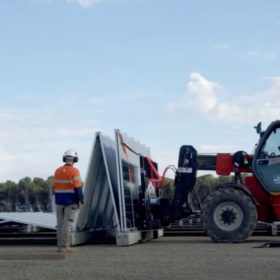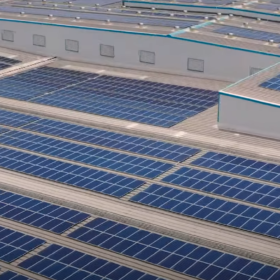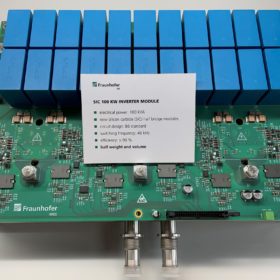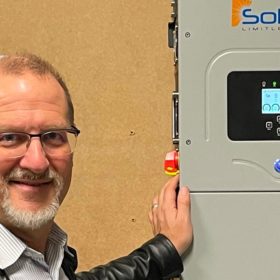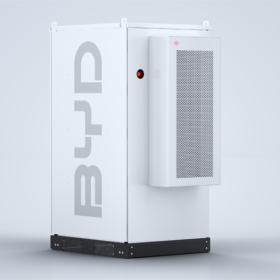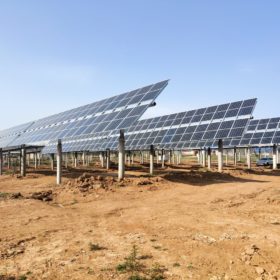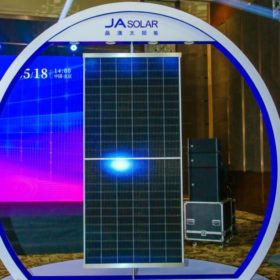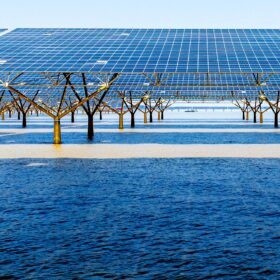Australian miner seals Tesla lithium supply deal
Australian battery minerals company Liontown Resources has completed negotiations to supply electric vehicle and battery maker Tesla with spodumene concentrate from its Kathleen Valley lithium project in the Goldfields region of Western Australia.
Ultra-thin inverted perovskite solar cell with 20.2% efficiency
Chinese scientists have developed an ultralight solar cell with perovskite film based on a 3-µm-thick polymer. It purportedly has a power conversion efficiency in line with that of perovskite cells of conventional thickness.
5B to ramp up expansion after $30 million capital raise
Prefabricated solar array manufacturer 5B has completed a $30 million Series B capital raise with their existing shareholders to help fund continued development of the company’s flagship modular Maverick solar array and accelerate the progress of the company’s pipeline of multi megawatt projects.
India installed 456 MW of rooftop solar in Q1
India’s rooftop solar installations increased by 34% year on year in the January-March period, despite a 17% increase in system costs.
Downsizing gallium nitride inverters
A German consortium led by Fraunhofer IEE aims to bring gallium nitride inverters closer to commercial viability. The primary goal of the research project is the optimisation and miniaturisation of inverters, including passive components such as cooling systems, casings, and mounting structures.
Redflow announces integration with US inverter company
Australian redox-flow battery specialist Redflow has upped the ante on its plans to expand into the United States market, announcing it has completed testing that will pave the way for its battery energy storage system to be used in conjunction with hybrid inverters manufactured by United States solar engineering company Sol-Ark.
BYD launches new C&I battery
Chinese battery manufacturer BYD has launched an expanded portfolio of energy storage systems designed for the commercial and industrial solar markets. At The smarter E in Munich last month the company also provided a sneak peak at a new high-voltage storage system expected to be launched later this year.
Trina Solar’s pathway to TOPCon
Trina Solar will eventually start selling TOPCon and heterojunction products, even though it built its first large-scale TOPCon project four years ago. The company says it is now making progress on TOPCon module production, despite supply chain issues.
JA Solar introduces n-type solar panel with 22.4% efficiency
JA Solar said the smallest solar panel in its new n-type product line has a power output of 435 W and a power conversion efficiency of 22.3%. The largest module in the series has an efficiency rating of 22.4% and 625 W of nominal power. Their temperature coefficient is -0.30% per degree Celsius.
Test production starts at SolarEdge’s 2 GWh Korean battery cell fab
The inverter and battery manufacturer says its new Sella 2 factory will produce cells for its residential solar-plus-battery products as well as for other applications.
